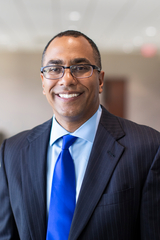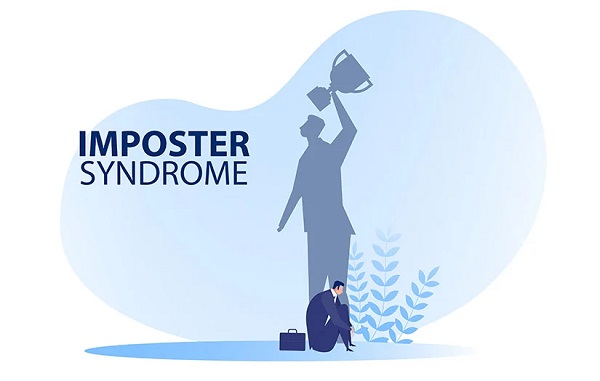By: David A. Grenardo, Professor of Law and Associate Director of the Holloran Center for Ethical Leadership in the Professions, University of St. Thomas School of Law
Distinguished Professor of Law Michael Vitiello at McGeorge School of Law, University of the Pacific, is a nationally-recognized expert on criminal law who has been cited by the United States Supreme Court and the California Supreme Court. He is also a member of the American Law Institute. Among the 15 books he has authored, Vitiello’s Civil Procedure Simulations: Bridge to Practice (2d ed. 2023) provides opportunities for professional identity formation of law students. Vitiello presented his latest law review article (he has written over 90), Integrating Professional Identity into the Traditional Classroom, at the University of St. Thomas Law Journal’s spring 2023 symposium that explored pedagogies to support professional identity formation.
Vitiello’s article explores his experience as a Civil Procedure teacher and how attempting to enliven arcane concepts, he almost by necessity adopted simulations into the traditional classroom. The article discusses his Civil Procedure simulations book, which is part of West Academic Press’s Bridge to Practice series. The article discusses several of the activities in the book, most importantly, an extensive discovery simulation activity that students engage in during the course.
Vitiello’s simulations bring the law to life as he, among other things, introduces the class to their client (played by a research assistant) as a part of his simulation, which helps make the practice of law real to the students. Putting law students in the role of lawyer is one of the best ways for them to develop their professional identities. Indeed, the simulation book includes a variety of exercises for students to practice what civil procedure means in various contexts, including motion practice, pleadings, and discovery. Students, for example, draft a complaint in small groups, which mirrors the real world in which lawyers work in teams. Fewer drafted complaints to read also allow the professor time to review and provide meaningful feedback to each group.
By way of further example, after receiving a discovery packet for the plaintiff in the simulation lawsuit, students work in small groups on various discovery activities. Serving as defense counsel, the professor submits various discovery requests and answers their discovery requests. Along the way, students must decide how to handle highly sensitive material that they have in their discovery packet, material that potentially harms their client.
Vitiello’s article explores one of the core lessons about developing a professional identity. As the students discuss among themselves and then with the professor, they must struggle with whether they must hand over a smoking gun, which damages their client’s case. The article explores typical reactions of class members as they realize that their view of the zealous advocate may run afoul of their obligations as officers of the court and may even cross the line between legitimate law practice and obstruction of justice.
Vitiello’s simulations book and article provide tremendous resources to help law students develop their professional identities.

David Grenardo is a Professor of Law and Associate Director of the Holloran Center for Ethical Leadership in the Professions at the University of St. Thomas School of Law.



